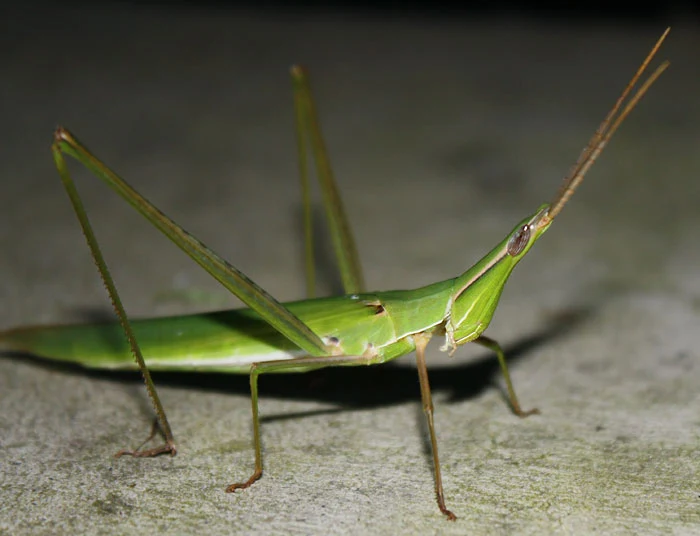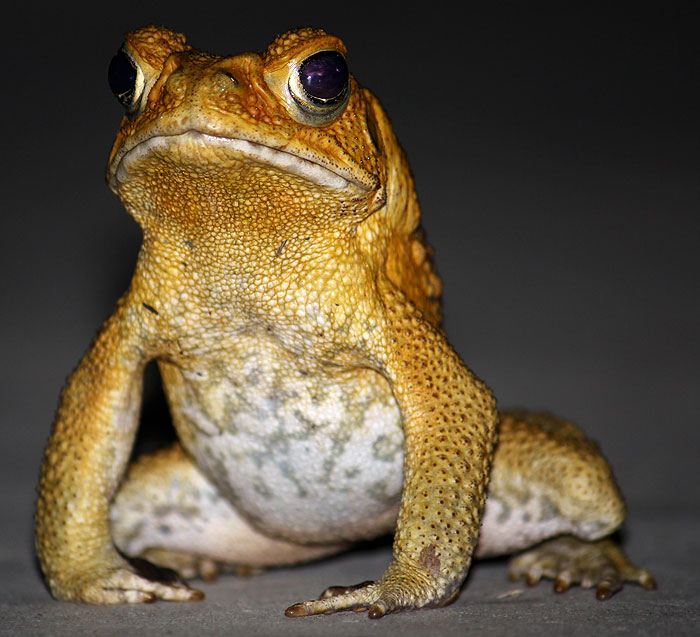Garden Wildlife Round Up II
Here again is a selection of pics that were taken around [and even in] our home. Some of which I will do individual posts for down the track.
My suspicion [and I could be wrong - so don't quote me], is that the hairs on the spiders legs may help to detect movement [prey], or perhaps even enable the animal to gauge distances and wind strength/direction [such information would be helpful when hunting surely?] - I also can't help wondering if there are any plants that use the spider as a pollinator...? Stranger things and all that eh?.
The large Long or Slant Faced Grasshopper is a regular visitor to our garden, and I find them endearing. Their faces always make me think of those disapproving matrons found the world over guarding front desks in office buildings or working in the public health or justice sector.
Poor flyers and nocturnal they often blunder into our lights at night and run the serious risk of becoming Cane Toad snacks. Their preferred food is long grass, and once ensconced are quite difficult to spot.
The Brown Tree Snake is a rear fanged snake from the Colubridae family. It is venomous, but it's generally not regarded as dangerous to people [still, it's always a good idea not to test these general theories out - so look, but don't touch, if you do touch, don't whinge if you get bitten].
This lovely lady was in fact the calmest and most docile I have ever encountered, allowing me to pick her up and move her away from a human guest who was having a beer with us at the time. Internationally snakes of this type are often referred to as Cats Eyed snakes but I much prefer the Australian common name of Night Tiger. View more pics of the Brown Tree Snake on our blog here.
The Ulysses Butterfly is one of the worlds most widespread - being found on every continent except Antarctica in mostly tropical areas. They are extremely beautiful and are prized by butterfly collectors the world over. They are also an icon for Queensland and virtually everyone who lives here knows them by sight.
Stick Mantis are the long lean denizens of the garden. They look incredibly delicate, but in truth that exterior litheness belies an iron constitution and they happily gobble up other insects with bloody minded determination. I will be doing a longer post on this remarkable creature [along with more pics - so if you're passing by again, stop in and have a look].
 |
| Oxyopidae |
My suspicion [and I could be wrong - so don't quote me], is that the hairs on the spiders legs may help to detect movement [prey], or perhaps even enable the animal to gauge distances and wind strength/direction [such information would be helpful when hunting surely?] - I also can't help wondering if there are any plants that use the spider as a pollinator...? Stranger things and all that eh?.
 |
| Acrida conica |
The large Long or Slant Faced Grasshopper is a regular visitor to our garden, and I find them endearing. Their faces always make me think of those disapproving matrons found the world over guarding front desks in office buildings or working in the public health or justice sector.
Poor flyers and nocturnal they often blunder into our lights at night and run the serious risk of becoming Cane Toad snacks. Their preferred food is long grass, and once ensconced are quite difficult to spot.
 |
| Boiga irregularis |
The Brown Tree Snake is a rear fanged snake from the Colubridae family. It is venomous, but it's generally not regarded as dangerous to people [still, it's always a good idea not to test these general theories out - so look, but don't touch, if you do touch, don't whinge if you get bitten].
This lovely lady was in fact the calmest and most docile I have ever encountered, allowing me to pick her up and move her away from a human guest who was having a beer with us at the time. Internationally snakes of this type are often referred to as Cats Eyed snakes but I much prefer the Australian common name of Night Tiger. View more pics of the Brown Tree Snake on our blog here.
 |
| Papilio ulysses |
The Ulysses Butterfly is one of the worlds most widespread - being found on every continent except Antarctica in mostly tropical areas. They are extremely beautiful and are prized by butterfly collectors the world over. They are also an icon for Queensland and virtually everyone who lives here knows them by sight.
 |
| Archimantis latistyla |
Stick Mantis are the long lean denizens of the garden. They look incredibly delicate, but in truth that exterior litheness belies an iron constitution and they happily gobble up other insects with bloody minded determination. I will be doing a longer post on this remarkable creature [along with more pics - so if you're passing by again, stop in and have a look].
The brown tree snake is a generalist feeder known to eat a wide variety of foods, when threatened is highly aggressive and tends to lunge and strike the aggressor repeatedly. The snake has numerous teeth but only the last two on each side of the upper jaw have grooves, which inject venom as it bites.
Therefore, the snake’s mouth must be opened as wide as possible to insert and expose their fangs. A chewing movement is used by the snake to inject the venom by means of capillary action along the grooved fangs. ^
Therefore, the snake’s mouth must be opened as wide as possible to insert and expose their fangs. A chewing movement is used by the snake to inject the venom by means of capillary action along the grooved fangs. ^






Comments
Lovely shots. You seem to have many Night Tigers around your place. It's been a couple of years since I have seen one around here. They must be here but I just haven't seen one. I'll put a snake on the blog soon. It's either a Small-eyed Snake or a Slaty Grey. Hard to tell but it was out during those big rains we had a few weeks ago.
Like your shots of Acrida. Note that it has just been found in Esperance, WA for the first time. A good range extension.
DR
And cheers for the heads up on the dist of Acrida, I'll update that.
Interestingly, we had a Slatey Grey hanging out where usually we see Night Tigers - and I wasn't even aware Slateys are, to any extent, arboreal - as I've only ever encountered them on the ground. Sadly I was too slow to get any pics.
Looking forward to your post.
Post a Comment